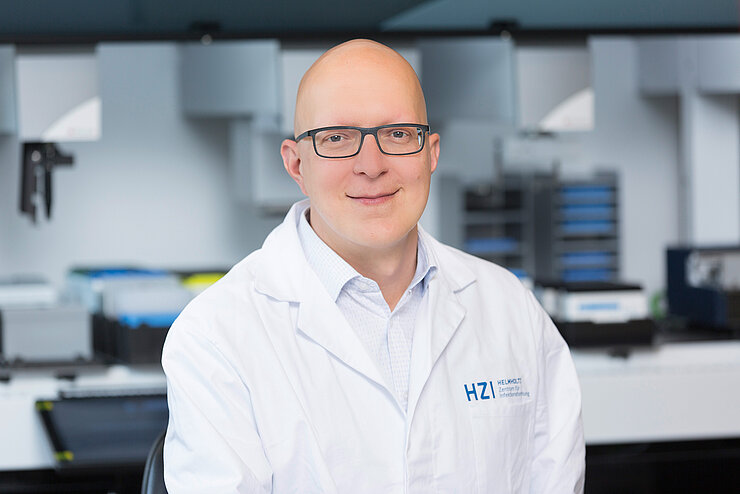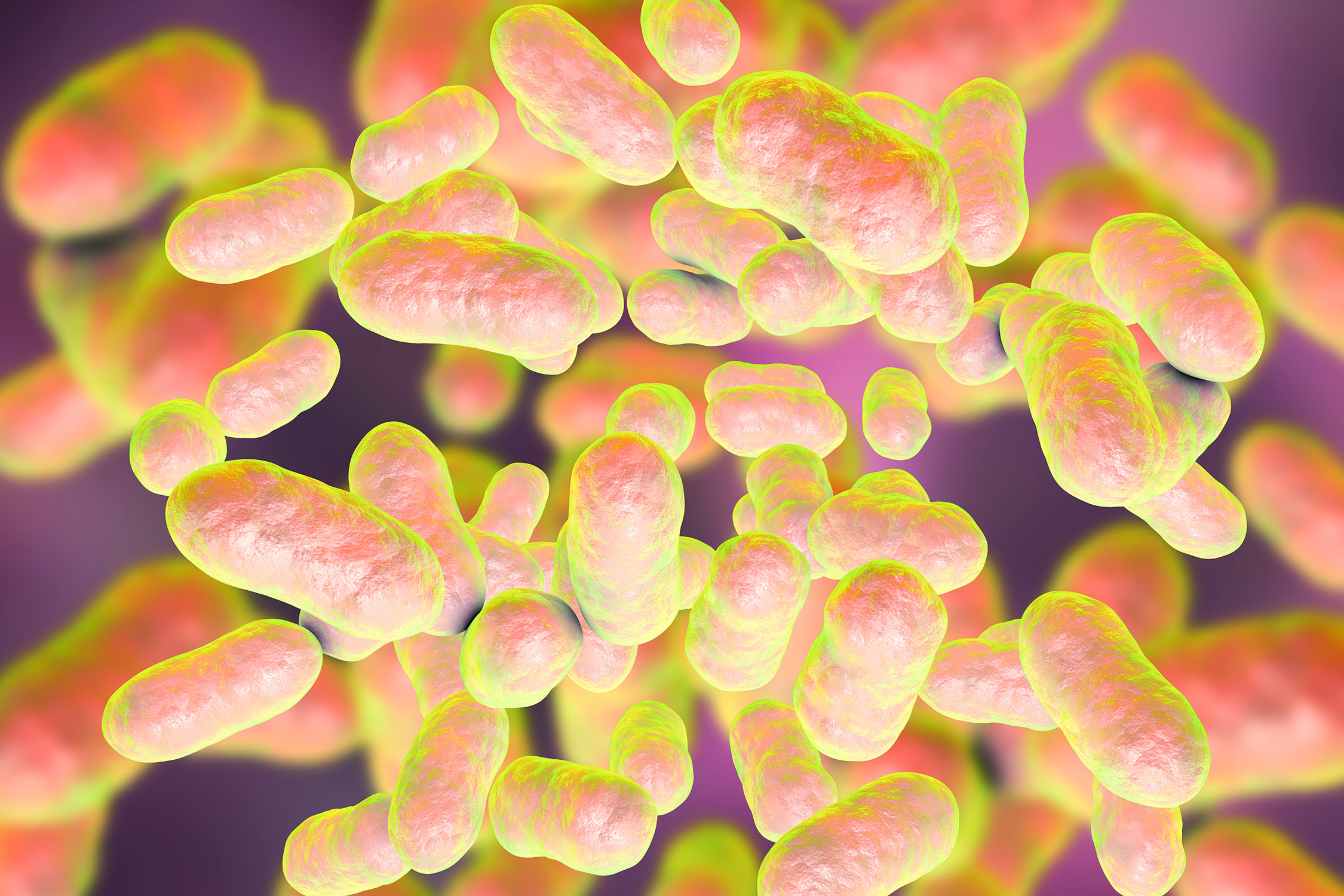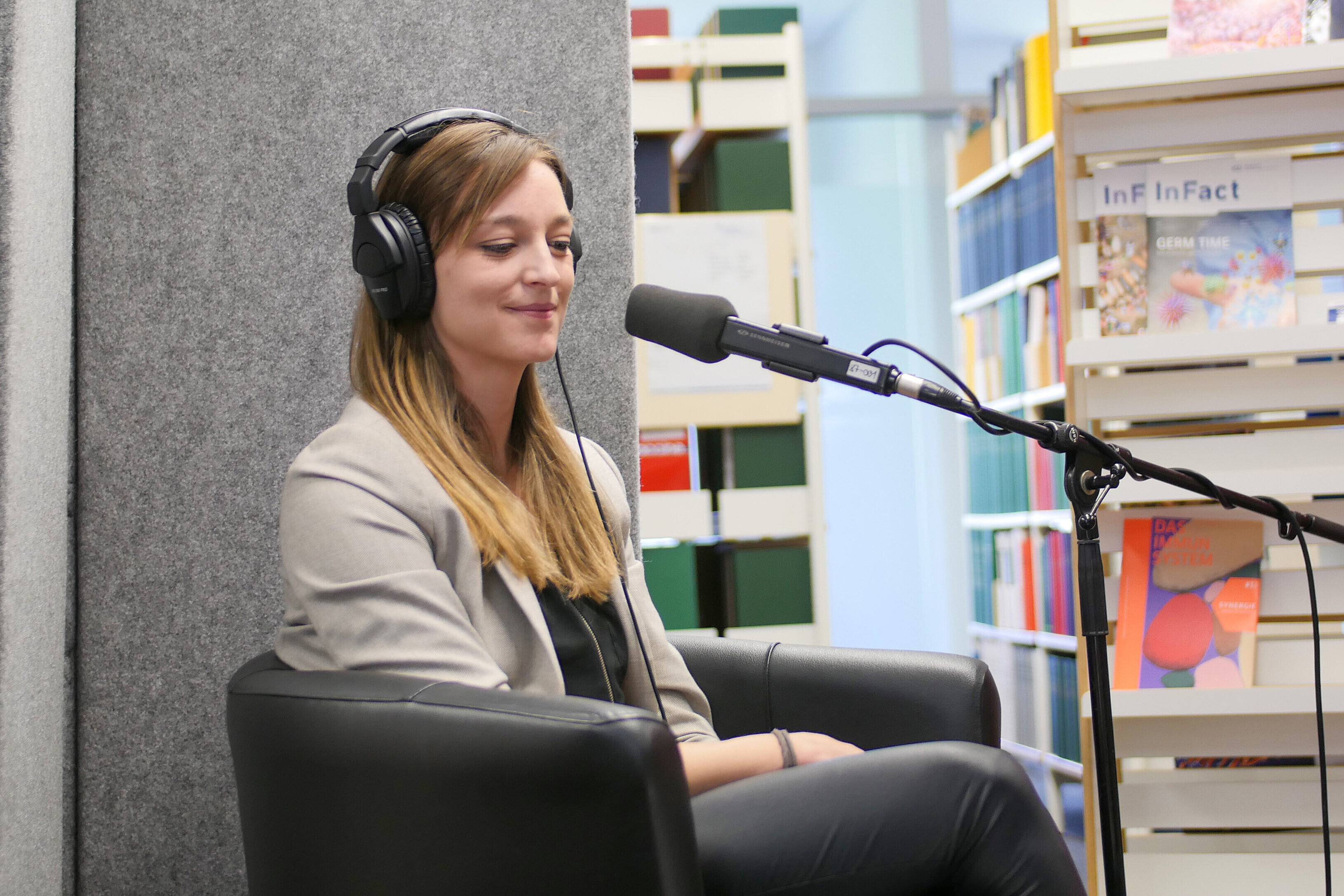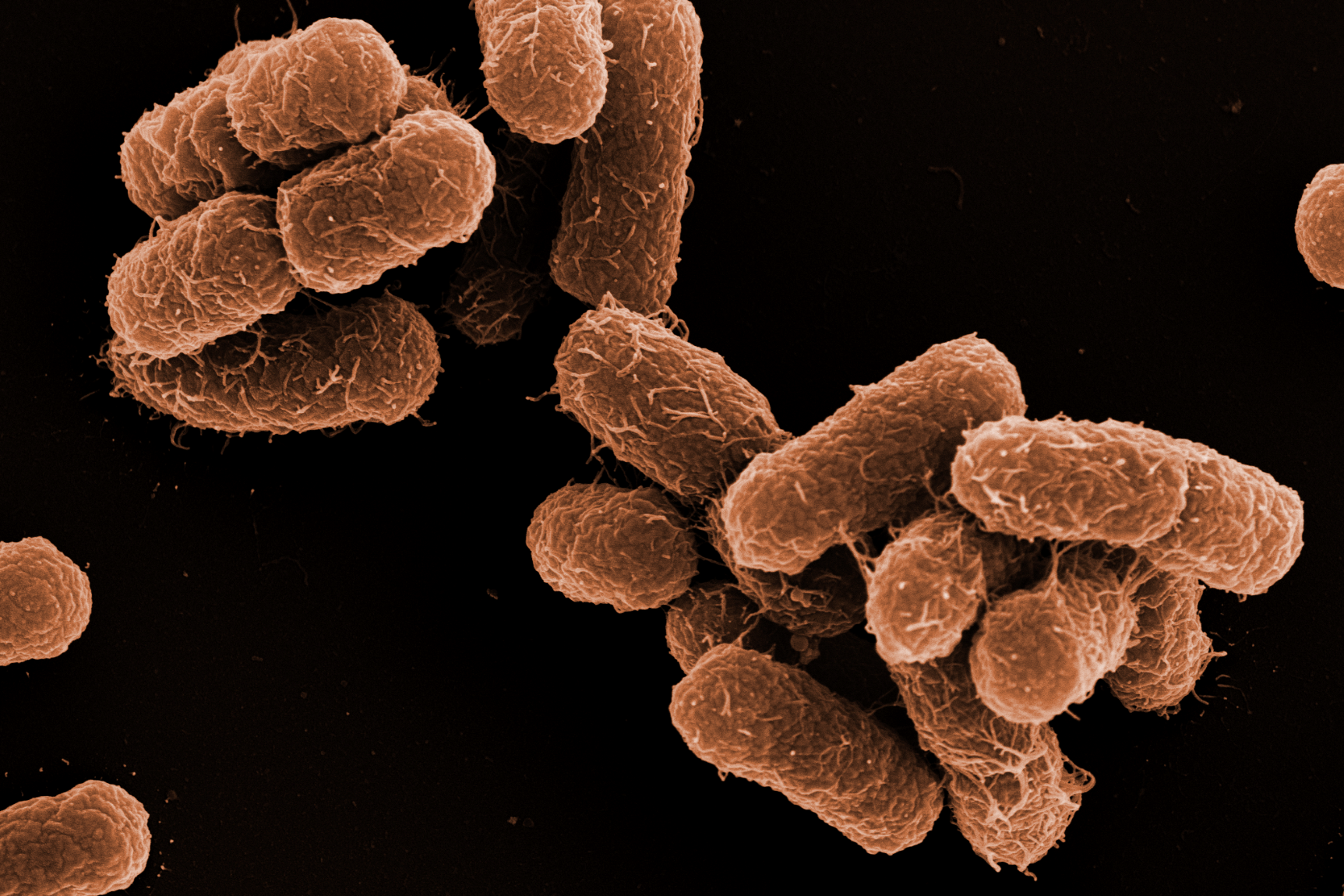Let's start with a wedding celebration. The bride has just given a speech and is now opening the buffet. There is only one problem: There are too many guests. This is because some unwanted guests have sneaked in. Fortunately, the invited guests have more practice in “active queuing”. This way, many of the unwanted guests at the buffet go away empty-handed. They leave the wedding hungry. For the celebration, this is a blessing. Who wants uninvited guests?
“The situation is similar in our intestines: The fuller and more diverse the microbiome there is, the more difficult it is for some rather harmful microorganisms to settle, because there is less food left for the unwanted intruders,” says scientist Dr. Lisa Osbelt-Block, who is researching the microbiome and microbiome-based therapies in Prof. Till Strowig's team at the Helmholtz Centre for Infection Research (HZI). But this is by no means the only mechanism by which the microbiome protects us.
Diversity is also good in the gut
The microbiome is like a huge community of subtenants in our intestines: around one and a half kilograms of microorganisms, mainly bacteria, but also viruses, fungi and yeasts. In recent years, research on the microbiome has exploded, and it is increasingly apparent that the influence of the microbiome on our health and our lives is huge. Not only do the bacteria break down food components, which is essential for our digestion, they also produce important vitamins and messenger substances. Changes in the microbiome have been observed in various types of intestinal diseases. Its contribution to the development of the diseases is currently being researched. The microbiome could also play a role in the development of various types of cancer. There is also evidence that it even influences aspects of our behavior, such as the development of depression. The cause and effect of all these impacts have not yet been conclusively clarified, but it is clear that the microbiome plays an important role.
This offers great potential for new therapeutic approaches. To do this, we would “just” need to know which of the approximately 1000 bacterial species that colonize our intestines are more beneficial and which are problematic. “It's very complex and varies from person to person: Some strains of the same species – such as Escherichia coli – can have beneficial or adverse effects, which makes everything even more complicated. We are only just beginning to understand these complex interactions. But we do know whether a few types of bacteria tend to be more positive or more negative,” says Osbelt-Block.






